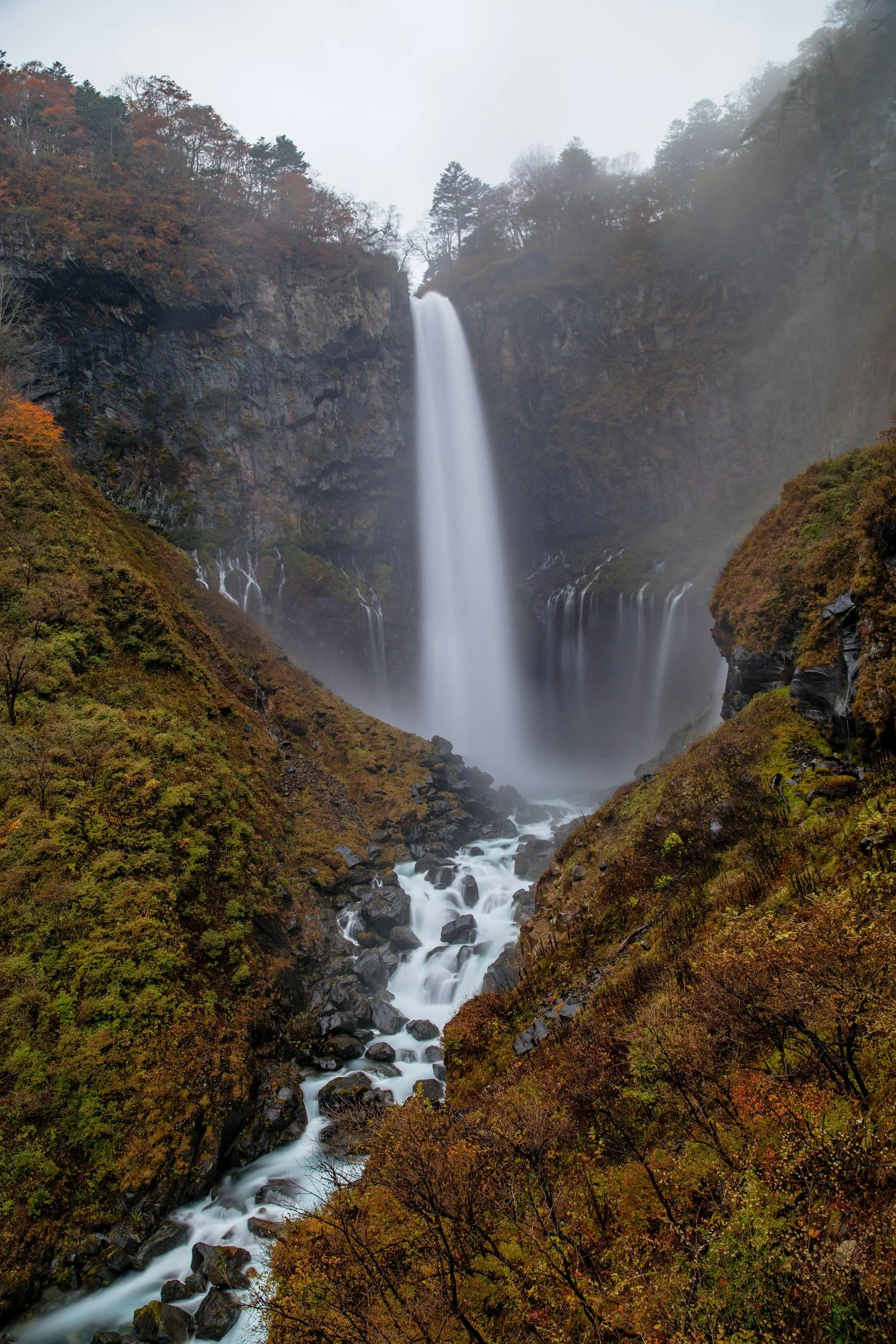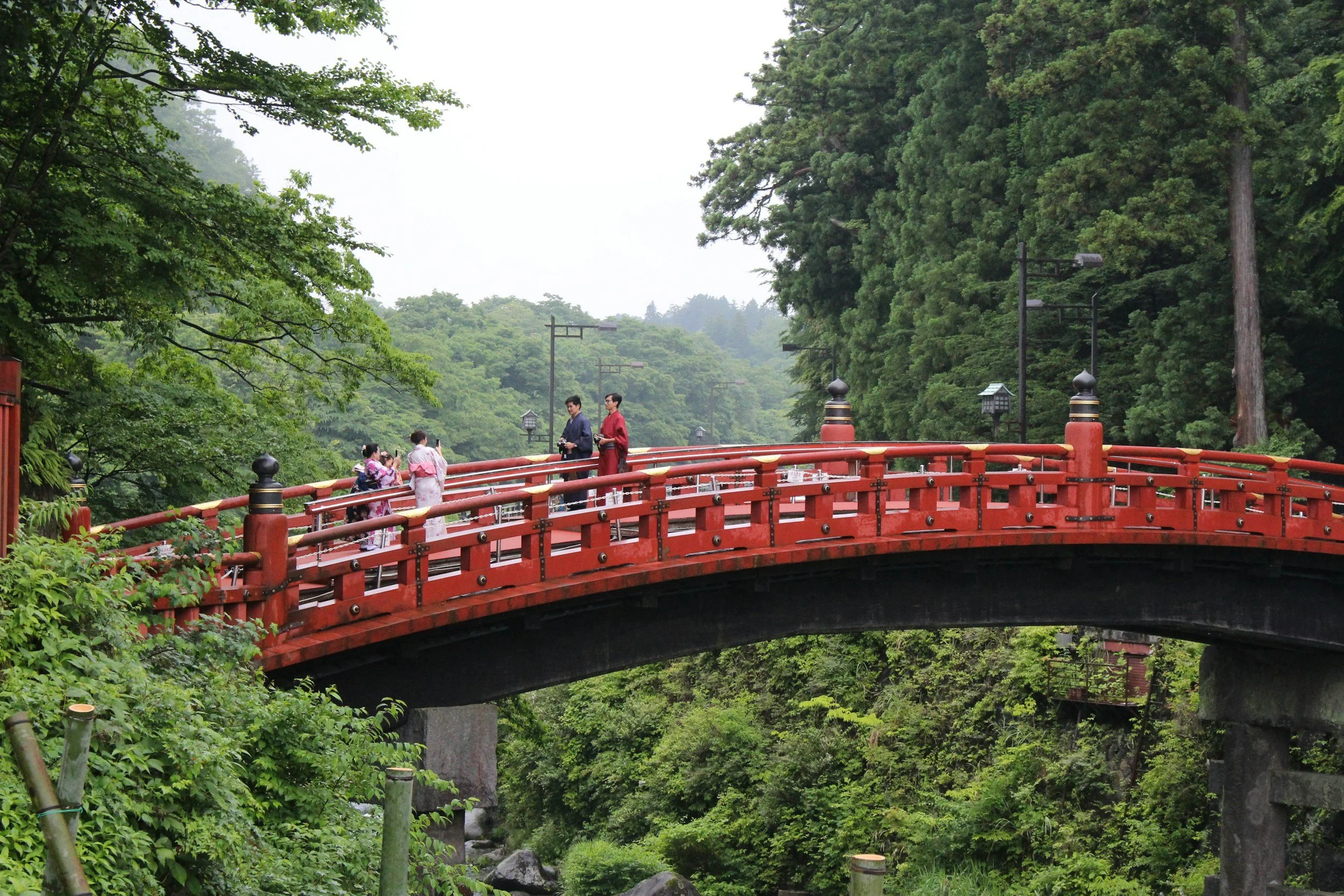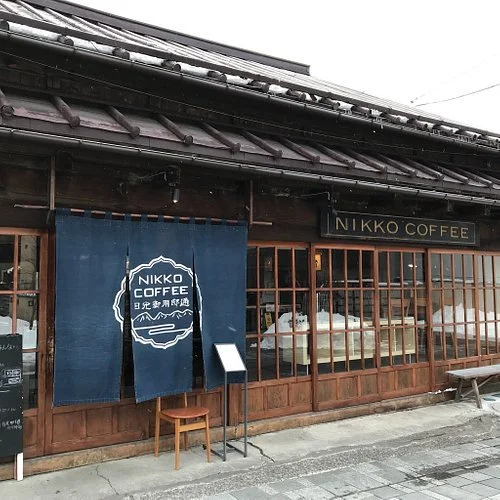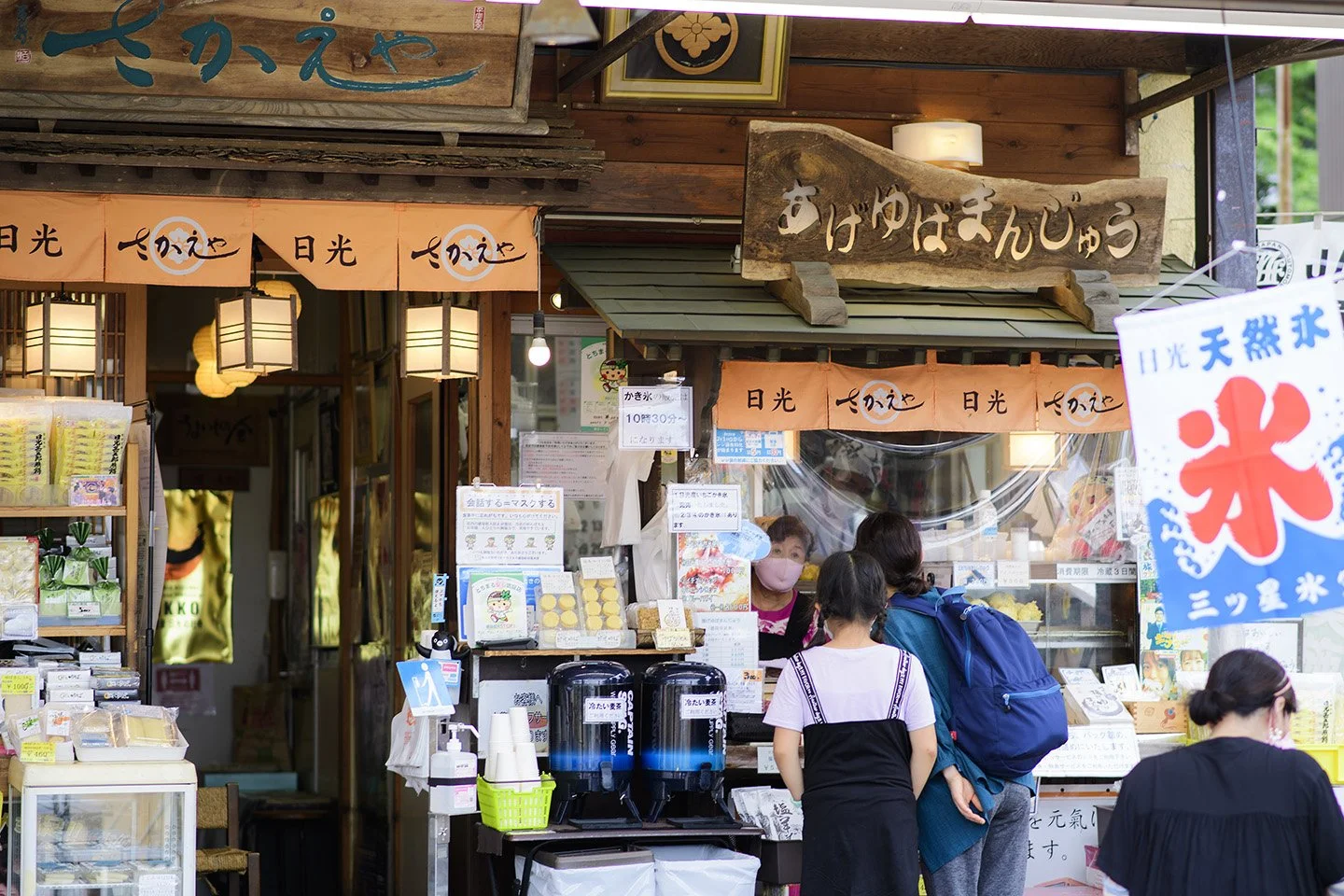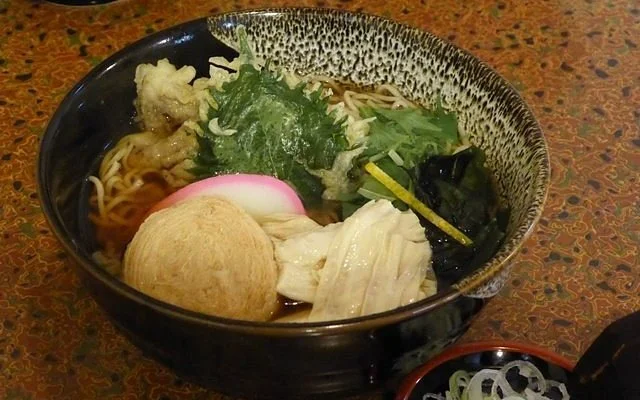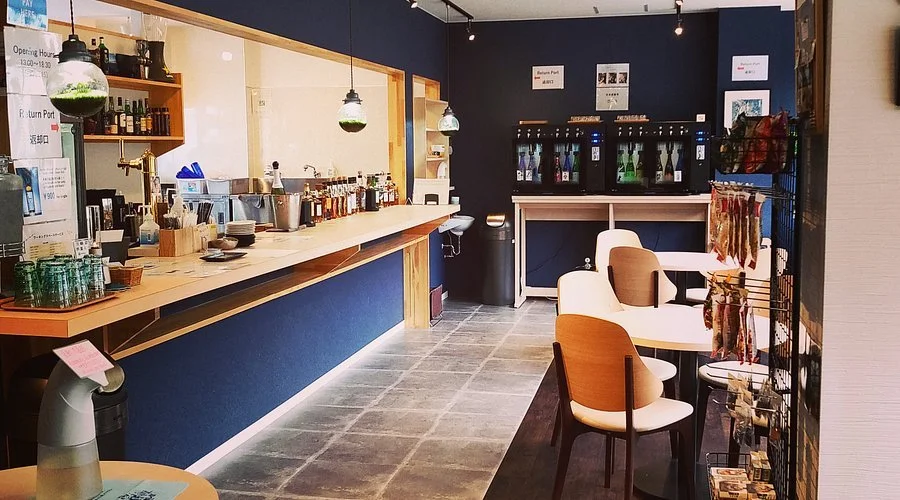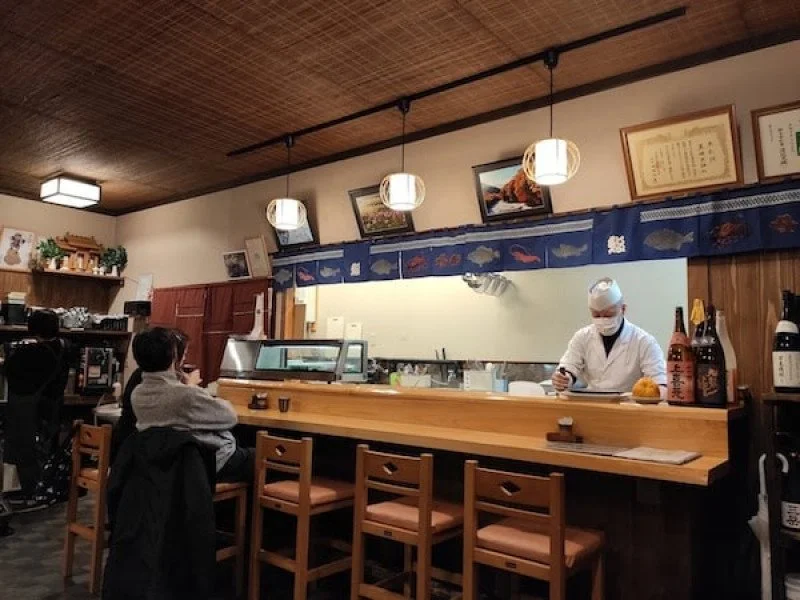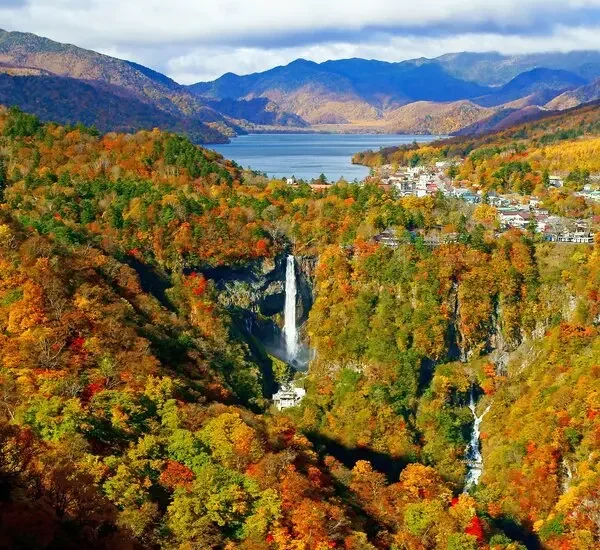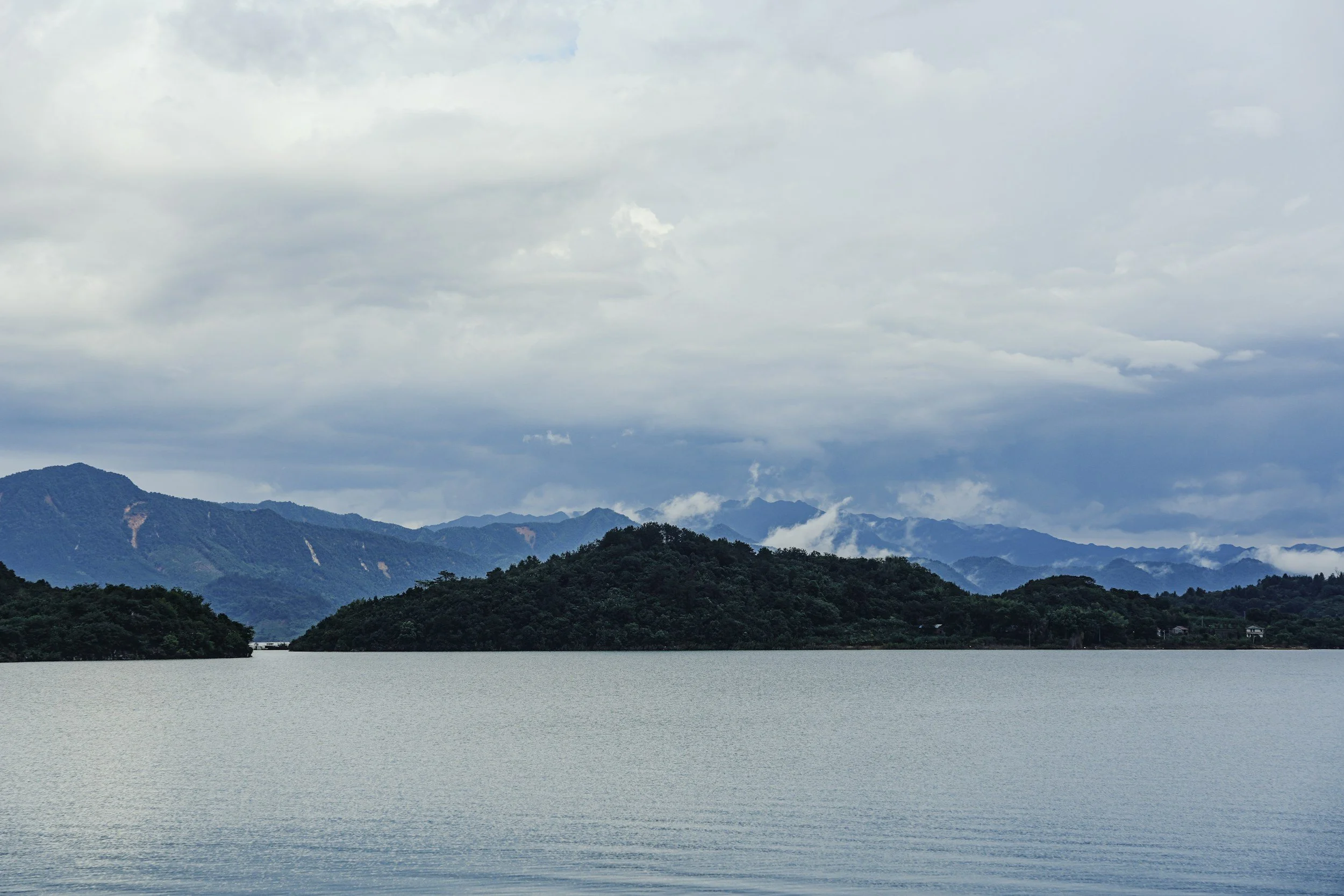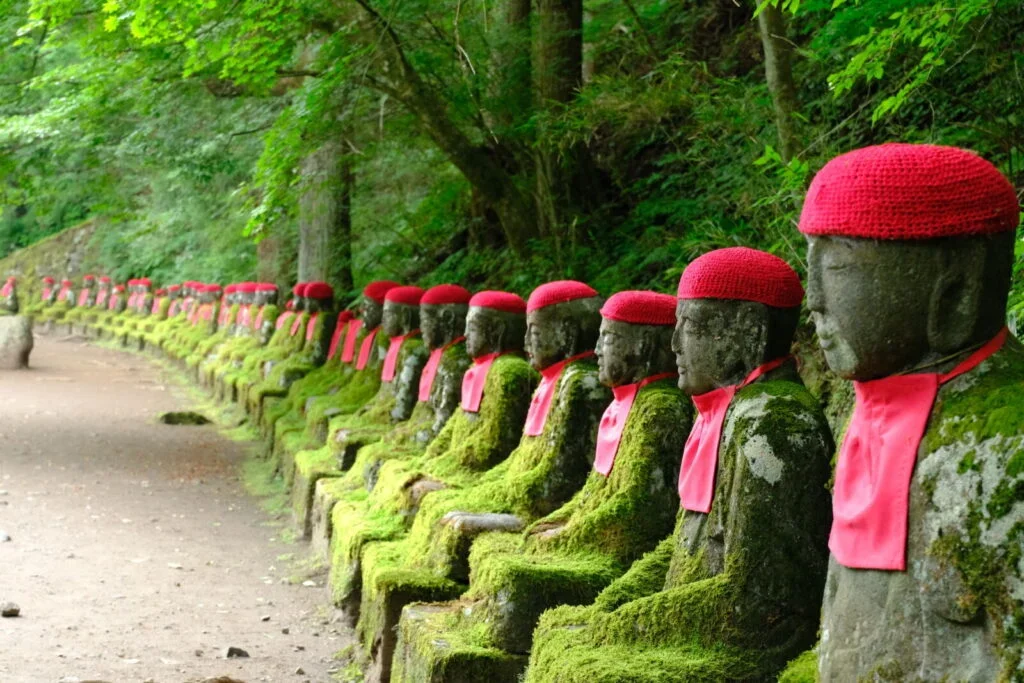Nikko
Nikko is like stepping into a living fairy tale, nestled in the mountains north of Tokyo. This magical town dazzles with its blend of lush nature, ancient temples, and vibrant traditions. It’s home to the UNESCO World Heritage site, the ornate Toshogu Shrine, where intricate carvings and gold leaf shimmer amidst towering cedar trees. The famous "Three Wise Monkeys" carving here“see no evil, speak no evil, hear no evil” has cheeky universal fame, making it a must see.
But Nikko isn’t just about stunning architecture, it’s wrapped in pristine wilderness. The surrounding national park offers thundering waterfalls like Kegon Falls, tranquil lakes such as Chuzenji, and hot springs perfect for unwinding after a day of exploring. Autumn in Nikko paints the landscape with fiery reds and burnt oranges, making every corner postcard-perfect.
Why make the trek from Tokyo? Because Nikko offers a perfect contrast to the urban buzz. In just a couple of hours by train, you trade skyscrapers for sacred forests, neon lights for candlelight temples, and busy streets for peaceful trails. It’s a refreshing reboot for the soul and for any lover of history, nature, or just a good story told through stone and tree.
So pack your sneakers, dust off your curiosity, and head out to Nikko. It’s where Japan’s past and natural beauty come together in a charming, almost mystical blend that simply can’t be rushed or missed.
Fast Tips
-
2025 - Stayed at Annex Turtle Hotori-An
-
The best way to get from Tokyo to Nikko is by train. Hop on the JR Tohoku Shinkansen from Tokyo Station to Utsunomiya Station (about 50 minutes), then transfer to the JR Nikko Line for a 45-minute ride straight into Nikko. If you have a JR Pass, this route is covered, making it both quick and cost-effective. Alternatively, the Tobu Railways offers direct trains from Asakusa Station in Tokyo to Tobu-Nikko Station, which is often a cheaper option but takes around two hours.
-
Getting around Nikko is easy once you know how. Combine local buses (Tobu and Keio lines) with walking to explore major spots like Toshogu Shrine, Kegon Falls, and Lake Chuzenji. Grab a cheap day pass for unlimited bus rides. The compact city center is perfect for walking.
-
Yuba (Tofu Skin): This silky, delicate layer that forms on simmering soy milk is a Nikko specialty. It’s often served fresh as sashimi or in soups, and it’s a must-try for any veggie lover or tofu fanatic.
Nikkomeshi (Nikko Rice): A rustic dish featuring seasoned rice cooked with local mountain vegetables and sometimes wild boar or mushrooms. It’s hearty, wholesome, and echoes the forest flavours of the region.
Masu (Cherry Salmon): Grilled or steamed, this local trout is a fresh catch from Nikko’s clear rivers, known for its delicate texture and slightly sweet flavour.
Tochigi Gyoza: While gyoza's a nationwide favourite, the Tochigi version from the Nikko area often includes local ingredients like unique greens and pork, giving it a tasty local twist.
-
As a queer male I felt completely safe here. Japan is known for its safety and incredibly polite population so make sure to be respectful back.
-
2 nights is a great amount to get around to a few of the attractions whilst enjoying the local food. It’s not a massive town.
-
Nikko offers a variety of accommodation options to suit every traveller's taste and budget. You’ll find traditional ryokan inns where you can experience tatami rooms and onsen baths, providing an authentic Japanese stay. For the more budget-conscious, there are guesthouses and hostels with shared facilities. Mid-range hotels offer modern comforts close to major attractions, while luxury resorts provide spa services and stunning views of the surrounding nature.
-
Check out below in the sees but also the Nikko official website is a great source for ideas.
Eats, Sips & See
NIKKO COFFEE
This quaint and delightful coffee shop takes it’s beans very seriously. A range of coffee choices alongside a small but mighty menu, where the buckwheat savoury pancake was so delicious. The space is wooden and comforting as it fits perfectly into the town of Nikko.
NIKKO SAKAEYA
This is the spot to grab some yuba manju, which is the fried tofu skin filled with a sweetish red bean paste. Cheap, easy to grab and eat, and perfect for something sweet on the go.
SHINKYŌ BRIDGE
Shinkyo Bridge is a stunning vermilion lacquered wooden bridge that spans the Daiya River. Known as one of Japan’s most beautiful bridges, it’s part of the Futarasan Shrine and dates back over 400 years. Legend has it that two snakes supported the bridge for a priest crossing the river, earning it the name ‘Sacred Bridge’.
EDOKKO
Yuba is a tofu skin renowned in Nikko and its used it many different forms but one of my favourites is in a yuba soba. Edokko offers this in a wonderful punchy seafood broth that is worth the visit alone.
SAKE CAFE LAB 250
If you love sake and even if you don’t this second floor bar is a wonderful place to learn. The owner is lovely, and you buy some tokens and get to try a selection of over 20 different sakes for 400 yen each shot glass. Also have some wonderful local beers so there’s something for everyone.
SUSHI KUROSAKI
My go to spot for when you are near Lake Chuzenji. The sushi is delicious, it’s a little pricey for the sake matched but there are more reasonable courses, but the sushi is phenomenal.
KEGON FALLS
Kegon Falls is one of Japan’s most famous waterfalls, located in Nikko National Park. It drops about 97 metres, creating a stunning curtain of water that flows from Lake Chuzenji. Surrounded by lush forest and with scenic viewing platforms it’s stunning especially during autumn when the leaves turn vibrant reds and oranges.
LAKE CHUZENJI
Lake Chuzenji is a volcanic lake formed 20,000 years ago, sitting 1,269 meters high. Surrounded by forests and hiking trails, it’s a favorite for nature lovers and photographers. Autumn’s colorful leaves reflect beautifully on its clear waters.
KANMANGAFUCHI ABYSS
Kanmangafuchi Abyss is a stunning gorge located in Nikko, Japan, famous for its scenic walking trail along the Daiya River. The path is lined with over 70 small Jizo statues, known as ‘Bake Jizo’, which are said to mysteriously disappear and reappear, adding a mystical vibe to the place.
*media & images courtesy of publications, establishment websites and social media pages as well as Tripadvisor. I do not claim to own some of the images provided.
